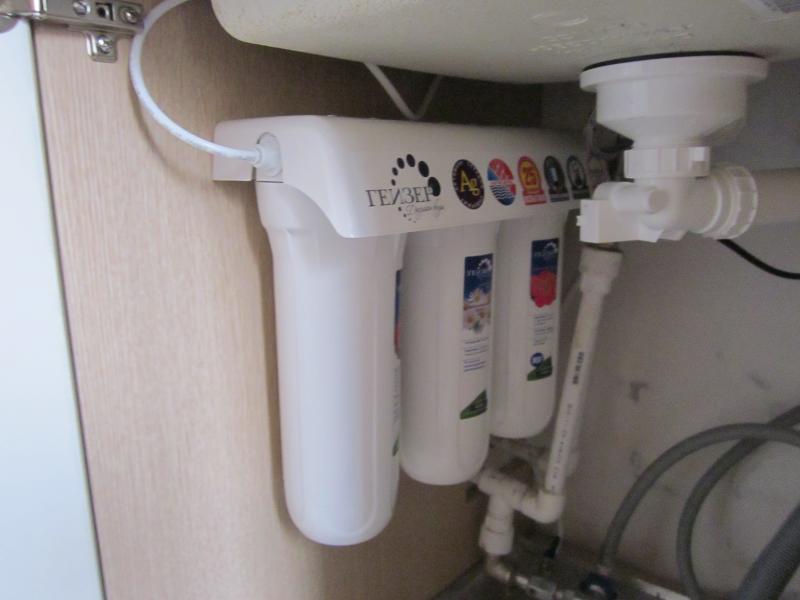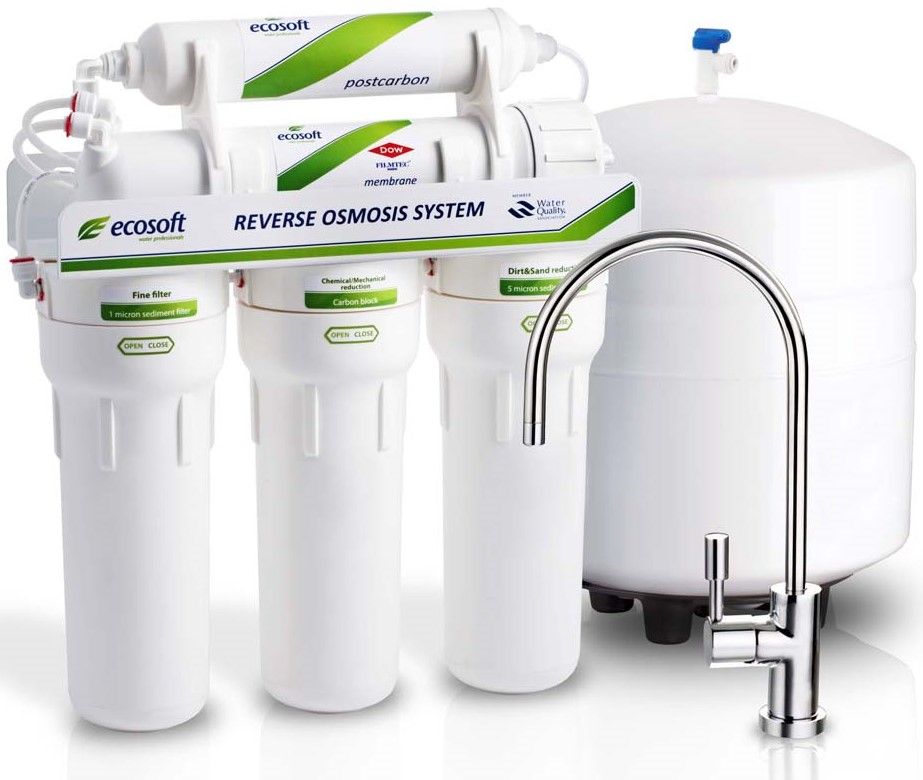DIY water filter
In the modern world, the problem of water purification is of great importance. According to ecologists, not only the world's oceans, but also ground and inland waters are filled with chemical compounds and bacteria that do not benefit humans.
The content of the article
Why do you need a water filter?
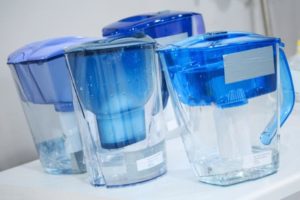 The benefits of civilization, of course, greatly simplify our lives. Sewage treatment plants operate in almost all populated areas; many houses and apartments have various water filters: jugs, faucet attachments, stationary installations. However, it is not always possible to buy expensive equipment, or country houses or village houses are not equipped with a cleaning system at all. On a tourist trip, there may also be a need to purify water for food and drinking.
The benefits of civilization, of course, greatly simplify our lives. Sewage treatment plants operate in almost all populated areas; many houses and apartments have various water filters: jugs, faucet attachments, stationary installations. However, it is not always possible to buy expensive equipment, or country houses or village houses are not equipped with a cleaning system at all. On a tourist trip, there may also be a need to purify water for food and drinking.
The problem of water pollution has various sources:
- Animal waste products, grains of sand, and lime deposits make the water unsuitable for drinking;
- Damage and rust in urban and rural wastewater treatment plants impair the quality of treatment;
- Nitrates, which are formed as a result of the use of pesticides in the agricultural industry, penetrate deep into groundwater;
- Harmful substances appear in wells and boreholes because the standards for installing waste, manure pits and toilets are not fully observed.
In this regard, you need to buy a specialized filter or make it yourself.
IMPORTANT: Remember that any filter tends to get dirty, so always change the cartridge or filter material on time. This is important for your health!
Selecting filter media
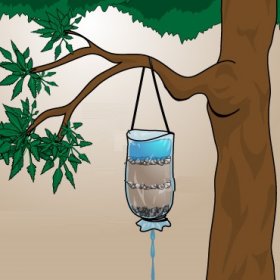 In order to make a homemade filter, you need to ensure that you have good filter materials. It is important to create a structure consisting of three to four layers of filler. The quality of cleansing will directly depend on this.
In order to make a homemade filter, you need to ensure that you have good filter materials. It is important to create a structure consisting of three to four layers of filler. The quality of cleansing will directly depend on this.
Fabric is ideal as an absorbent layer for rough cleaning. Preference should be given to synthetic fabrics, for example, due to its moisture-resistant properties, polypropylene material Lutrasil is excellent for filtration.
Cotton fabrics, bandages or gauze can be used to make a filter, but they will undergo a rapid process of contamination and rotting, so such layers will have to be replaced much more often than non-natural ones.
Sometimes tea or coffee filters are used, but these are also short-lived options. Friable natural materials are also actively used when creating filters with your own hands:
- Quartz sand frees water from small solid particles and other chemical compounds;
- Gravel helps in clearing large foreign bodies;
- The zeolite mineral stone eliminates the products of the agrarian industry: pesticides, harmful salts, phenol;
- Natural activated carbon absorbs rotting products, makes water clear and removes rotten odor.
Features of manufacturing a carbon filter
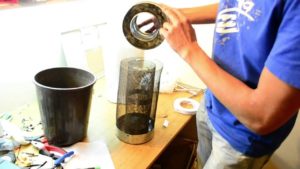 How to make a water filter? A device with a layer of natural activated carbon is one of the most successful options because it removes a large amount of unwanted substances.
How to make a water filter? A device with a layer of natural activated carbon is one of the most successful options because it removes a large amount of unwanted substances.
IMPORTANT: Choose the right coal. If it is very large, the cleaning will not occur properly; if it is too small, particles will penetrate into the liquid. It is advisable to choose coal in granules, but you can make it in a kiln or over an open fire. Do not use wood from spruce, pine or other coniferous trees; they contain oils that can give the filtered water a spruce aroma.
To assemble the carbon filter you will need:
- An elongated object, for example, a plastic bottle, a polyvinyl chloride (PVC) pipe. You can use multiple bottles, but then you will have to fasten them tightly to avoid leakage;
- Plastic caps or other plugs;
- Tools: scissors or a utility knife, if necessary, waterproof glue for fastening parts;
- Activated carbon;
- Other crumbly filler;
- Textile.
For a hanging filter, cut the bottom off the bottle and twist it. You can drill or knock out holes in the lid to allow water to pass through, or simply remove the lid. If you need a stable filter, then the water outlet can be positioned as you wish.
Next we move on to laying the filler. The first layer should be a fabric filter. We lay the loose absorbent components according to the “pyramid” principle: from finer coal to medium quartz sand and coarse gravel or pebbles.
Pass 2-3 liters of water through the filter materials to clean them from natural contamination. Next, proceed to purify the water according to the principle of its passive passage through all layers.
DIY sand filter
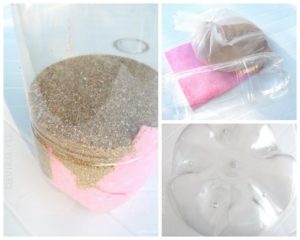 How to make a water filter with your own hands? Often, for economic and recreational purposes, it is necessary to clear large areas of water, for example, a pond or a small country pool from water blooms. There are various technical systems that pump water through filters, thereby cleaning it.
How to make a water filter with your own hands? Often, for economic and recreational purposes, it is necessary to clear large areas of water, for example, a pond or a small country pool from water blooms. There are various technical systems that pump water through filters, thereby cleaning it.
It is unprofitable to use expensive devices in the countryside, so you can create a similar filter with sand filler yourself.
To do this, you will need a large container, such as a plastic barrel. You will need to draw a tunnel through the entire bottle (it can be made from a PVC tube), through which the water will flow into the pool. Its approximate length is 2 m, diameter is about 5-6 cm. When designing it, do not forget about the PVC corner for turning 90 degrees.
You will also need a bushing with a thread diameter of M10. Use it as a pin for cleaning modules.
Make one hole each in the filter plug and in the corner and connect the parts using a nut and pin. The water compressor will need to be secured at the opposite end of the tunnel.
ADVICE: Such a filter can be improved and made floating. To do this, make a foam backing for it.




